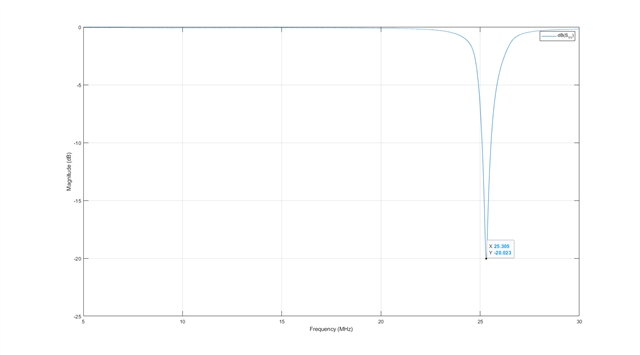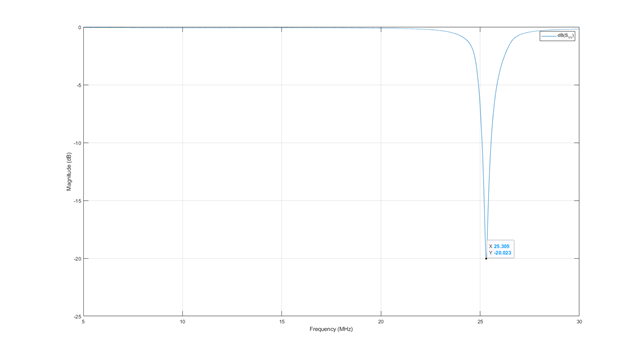Hello Guys,
Good day.
Our customer is developing a little wearable device with our RF430FRL152H. Unfortunately the NFC-connection is not working. They tried the source code on the RF430FRL152HEVM with success, but it is not working on their device. Therefor the problem should be in the hardware. Here is, what they did during the design process:
They designed the spiral antenna with the following dimensions:
N=5; %number of turns
R=12.8 mm; %Outer radius of the outer trace
w=0.5 mm; %Width of the traces
t=0.035 mm; %Height of the trace (or thickness of the copper foil)
In order to optimize the oscillating circuit, they did an S11-measurement with a network analyzer and a single turn loop antenna. For this measurement there was no external capacitor in the circuit. So only the inductivity of the antenna and the internal capacity of 35pF. The results were as expected:
- the resonant frequency is higher due to parasitic capacities of the board
- in order to reach the optimium natural frequency of 13,7 Mhz, we added capacitors with 84,4 pF

Any advice on why the NFC connection is not working as it does on the RF430FRL152HEVM?
Best regards,
Art


